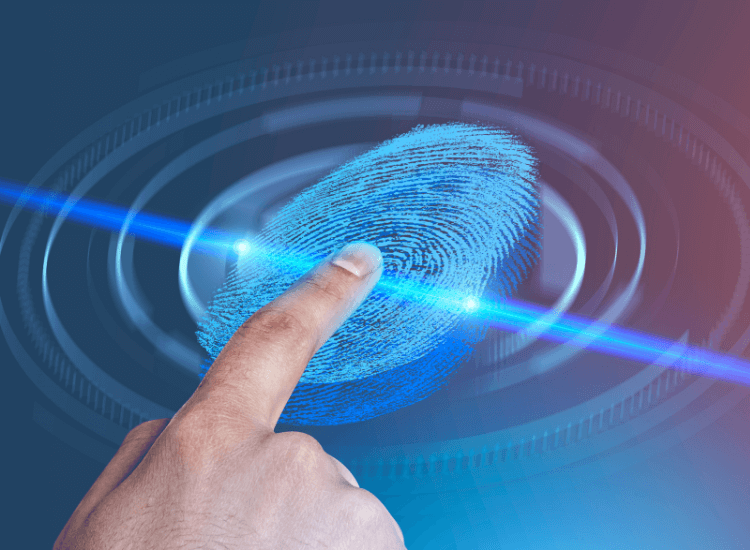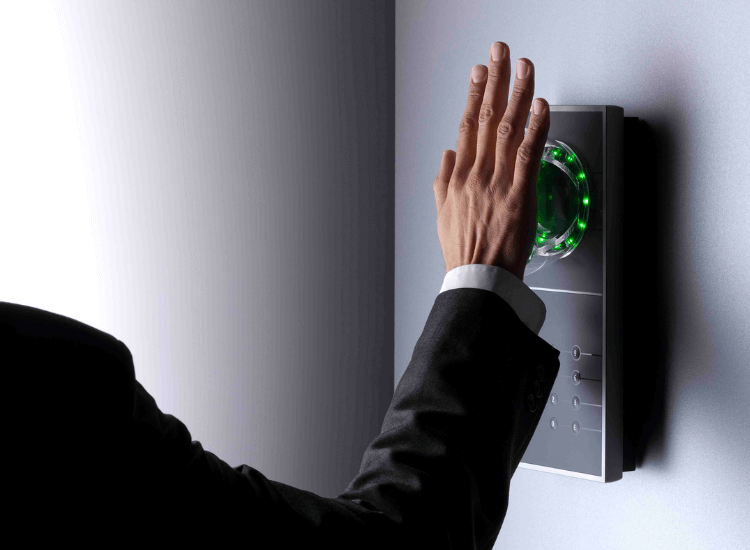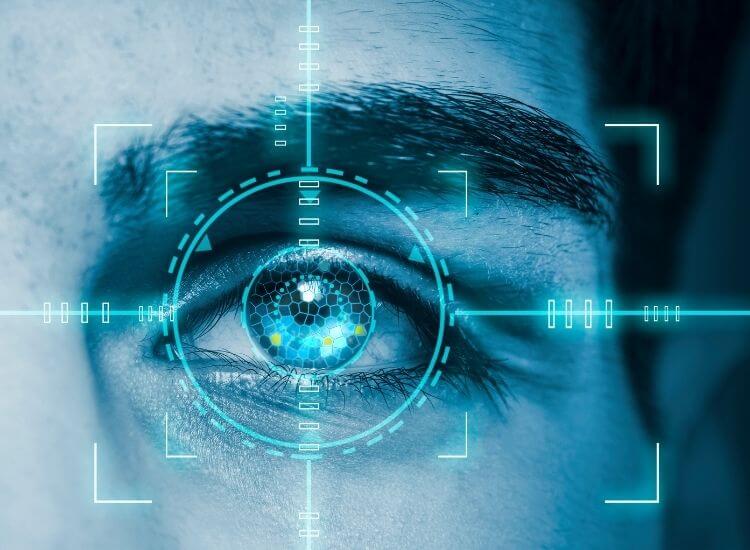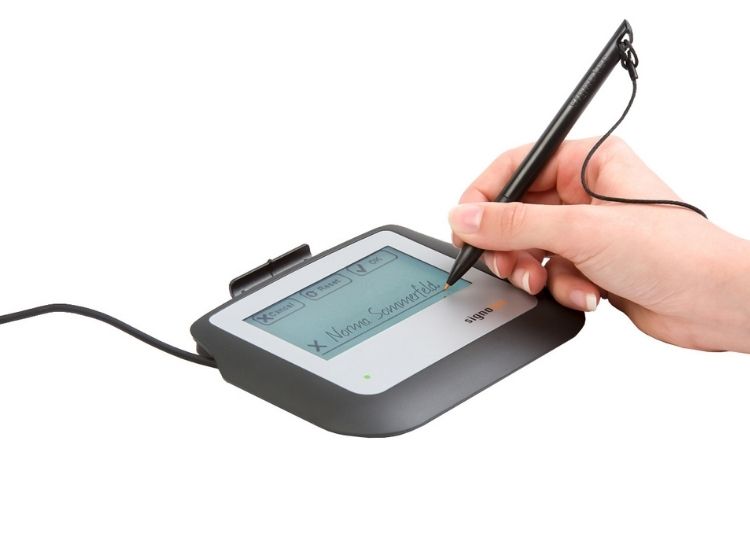
Unlike the bygone days of manual paper-based sign-in or sign-out procedures, in modern times with the advent of state-of-the-art automated technologies, the biometric system is increasingly being adopted by Government organizations, along with public and private enterprises. Typically, there are 14 distinct types of biometric technologies to recognize and validate individuals, while averting imposters.
What can be the Different Types of Biometric Authentication?
Biometric authentication is set apart into two different categories, namely the physiological or physical biometric detector and behavioral biometric detector.
Physiological Biometrics
This category of biometrics can be functional based on the physical attributes of individuals to detect their persona.
1. Fingerprint Identification

The fingerprint recognition method consists of quantifying the elevation in each finger in biometrically identifying an individual. Now, after recording the photo of a person’s finger, the ultra-modern function’s code and scripts convert the image into an exclusive computerized biometric pattern. The resultant prototype of the captured snapshot is contrasted against any prevailing or new photographs to either validate or contradict the match.
2. Vein Recognition
For hackers and frauds, it is very difficult to hack any biometric security coordinated with the vein recognition method. As the veins are located deep under the skin surface, infrared lights are passed through the skin area, the camera takes the images of the veins digitally storing the data to confirm the individual’s existence.
3. Hand Pattern Recognition

The hand pattern recognition procedure denotes the quantification of the various attributes of the hand such as length and breadth of the fingers and their angles in correlation to other characteristics in the individual’s hand. Nowadays, due to the initiation of other ultra-modern techniques like, facial and fingerprint identification, this hand pattern process is used in fewer numbers.
4. Retina Scan

The retina scan biometric method secures the image of the arteries located deep within the eye through its infrared digital camera. Now, the unprocessed picture is refined through a unique pre-processing technique and afterward re-processed as a biometric pattern used during the enlistment and authentication of the designated individual.
5. Iris Recognition
The iris of an eye has unique thread-like muscular tissues grouped, which is quantified by the biometric system ascertaining the individual’s identity with optimal accuracy.
6. Facial Identification

Facial recognition technology is considered the earliest form of biometric verification, as it is the most convenient approach to distinguish any individual. Now, the biometric machine types evaluate the gap in between the eyes and the expanse from the forehead to the jaw. Then, after the data collation is over, an intricate programming code converts the measurements into a defined decrypted facial impression.
7. Dimensions of Ear
In other types of biometric methods, an exclusive ear-shaped biometric instrument quantifies the sound waves inside the ear utilizing special headsets to decipher these faint sound waves. It is accurately measured when the sound waves get resounded from the ear canal pulsating into the corners and spaces of the ear. Thereafter, a digital version of the audio waves is converted into a biometric pattern to be taken up afterward.
8. Voice Recognition

This distinctive voice recognition approach exclusively uses both forms of biometric categories, i.e. tangible and communicative identification. Speaking of the physiological recognition process, wherein the shape of the individual’s vocal tract consisting of nose, mouth, and esophagus conveys the acoustic produced. Whereas, the person’s tone, momentum, voice deviations, and pronunciation is a distinctive attribute differing one individual from another.
Hence, this biometric system integrates both the physical and behavioral attributes producing an exclusive and accurate vocal identification, and which can get modified due to determinants such as, ailments, or adolescent issues.
9. Thermal Imaging Recognition
Amongst the other types of biometric authentication, thermal imaging identification entails the process of heat composition affected by blood flow in an individual’s body, which is captured in a snapshot. Now, as the different blood vessels are distinct from one another, similar-looking thermal imaging is also exclusive, such as in the case of fraternal twins. Hence, this thermal imaging biometrics is more precise in contrast to the conventional face identification application.
10. DNA Synchronization
For identifying individuals from deceivers, the DNA matching technique uses a chemical process of biometric recognition. Thus, the DNA matching process becomes imperative, when it serves to recognize lost persons, and individuals affected by any natural calamities such as earthquakes, and floods. Besides, DNA synchronization also helps to detect possible human tracking cases. Hence, DNA samples collected from the saliva, semen, or hair follicles of specific individuals contain the DNA chains. These DNA outcomes can be compared to other types of DNA sequences in the database to authenticate the specific persona.
Behavioral Biometrics
This category revolves around the quantification of behavioral standards, unlike physical attributes.
1. Gait or Motion Patterning
Gait biometrics identifies the moving patterns of individuals through its video imaging system, and afterward converts the plotted data into arithmetical comparison. This unique system is idealistic to measure a huge number of persons from a long distance.
2. Lip Gesture
One of the most recent biometric verification entails calculating the lip gestures, wherein it monitors and documents the accurate muscular movements encircling the lips deciding the patterns.
3. Signature Identification

This quantifies the geometrical coordinates, the pressure of the pen during putting signatures, the inclination of the pen during providing autographs, and pen movements. The digital tablet documents these different signature recognitions, thereafter spontaneously produces biometric profiling to verify afterward.
4. Quantifying Keystrokes
Here, biometrics is very futuristic in approach monitoring the periodic pulse taken by an individual to enter a password. These quantifications entail the time involved in pressing any key, the delays pressing the next key, and the number of characters pressed in a minute.
Final Verdict
These distinct types of biometric showcases innovative attribute to substantiate the identity and thereby enhance the level of security. Hence, these various approaches through which biometric sensors are implemented and quantified by different enterprises to increase their degree of security consequently safeguard their information and copyrights.
Check our online store if you are looking for biometric devices.






